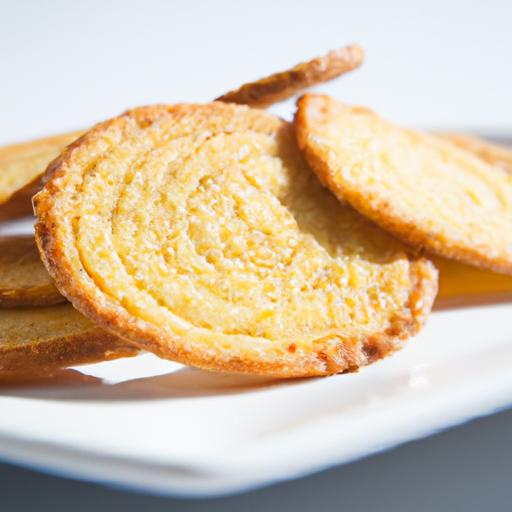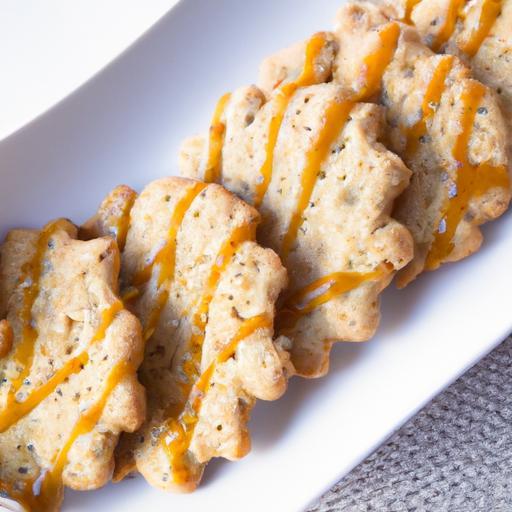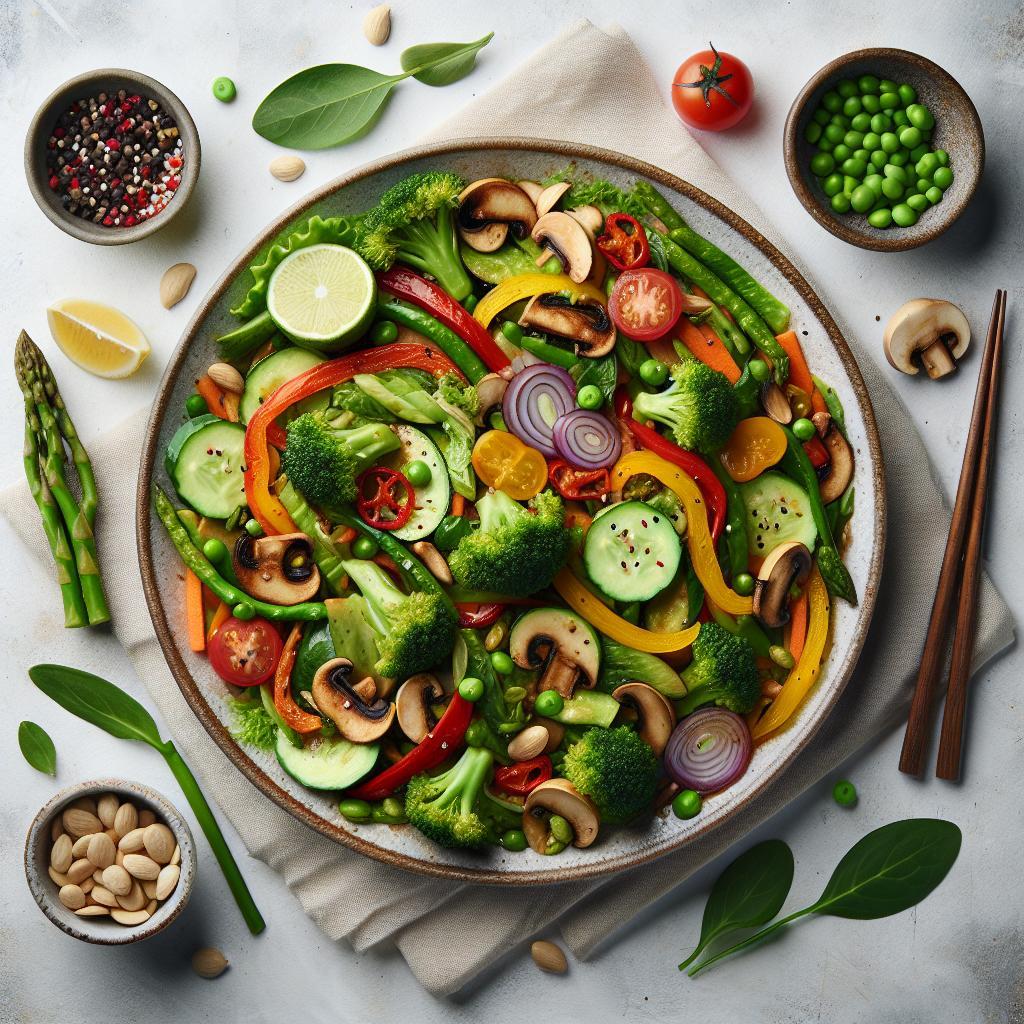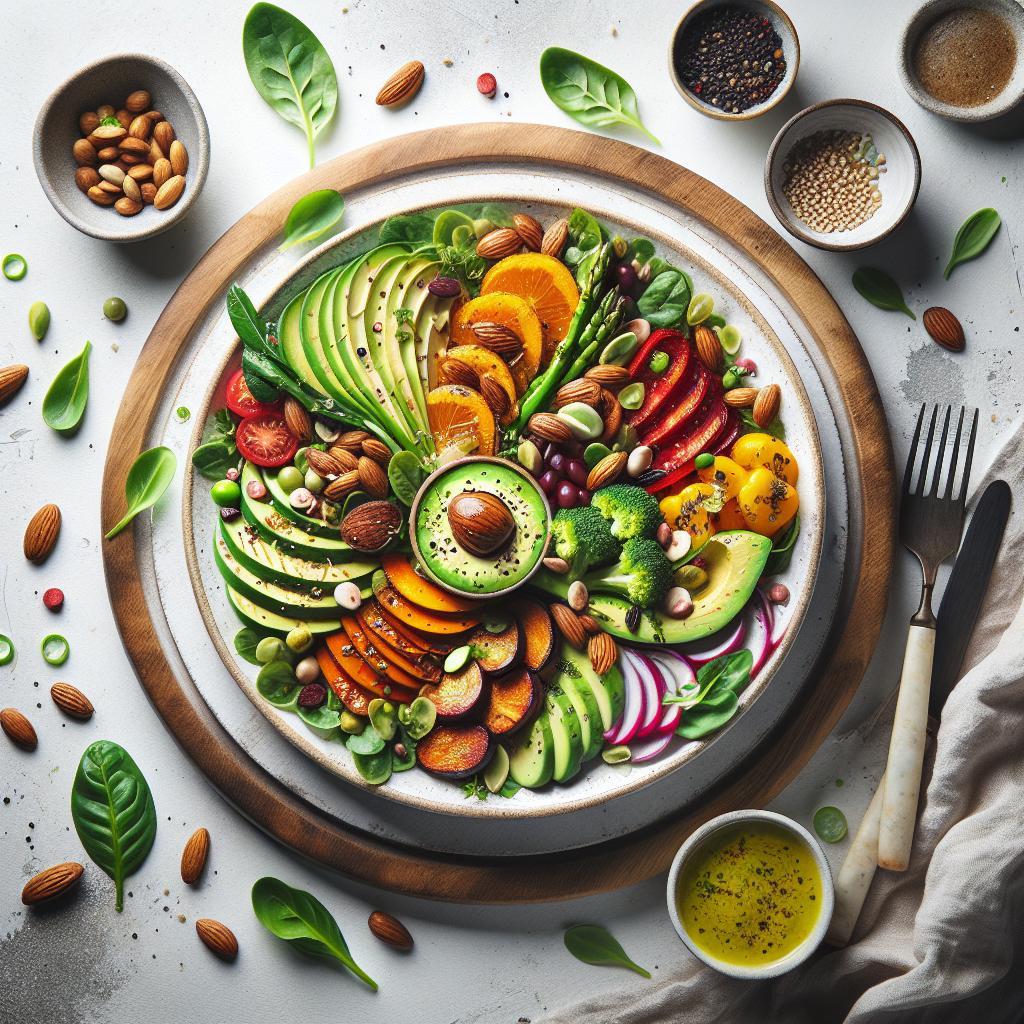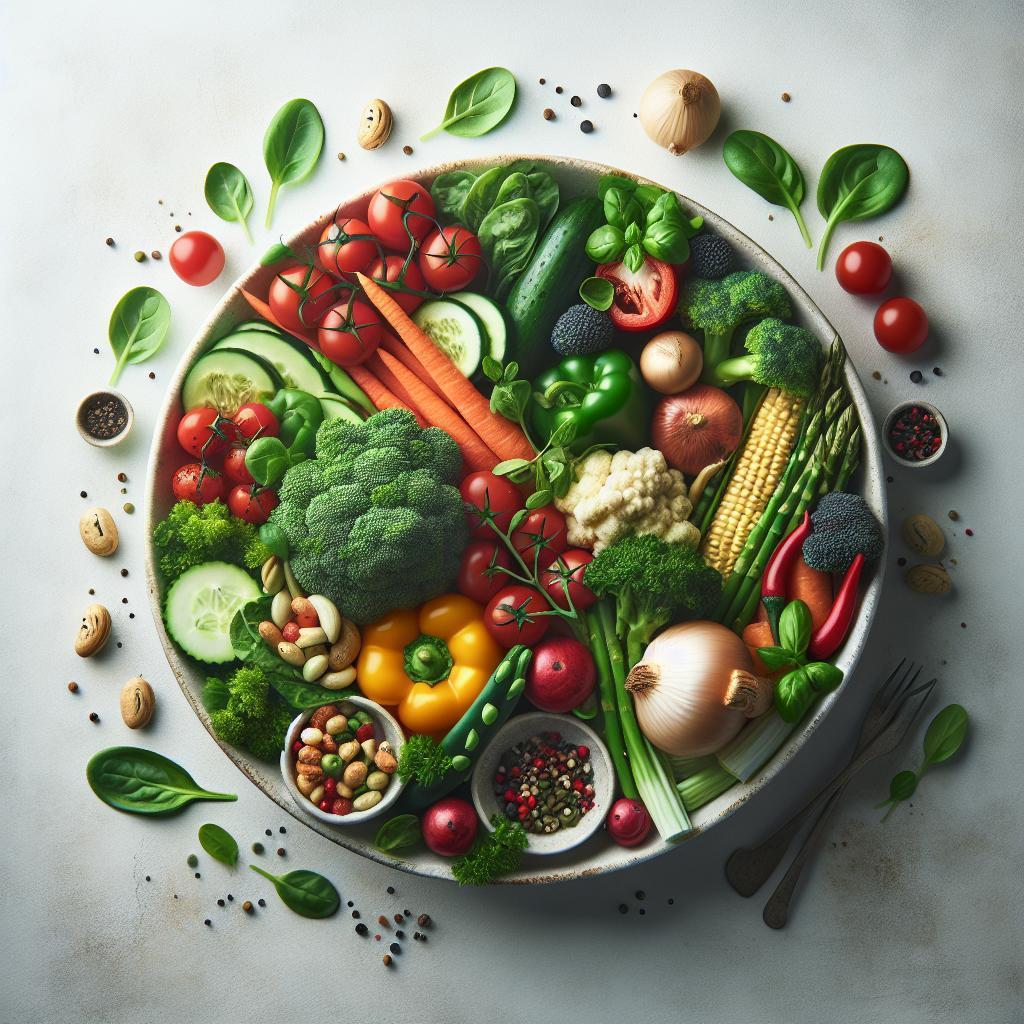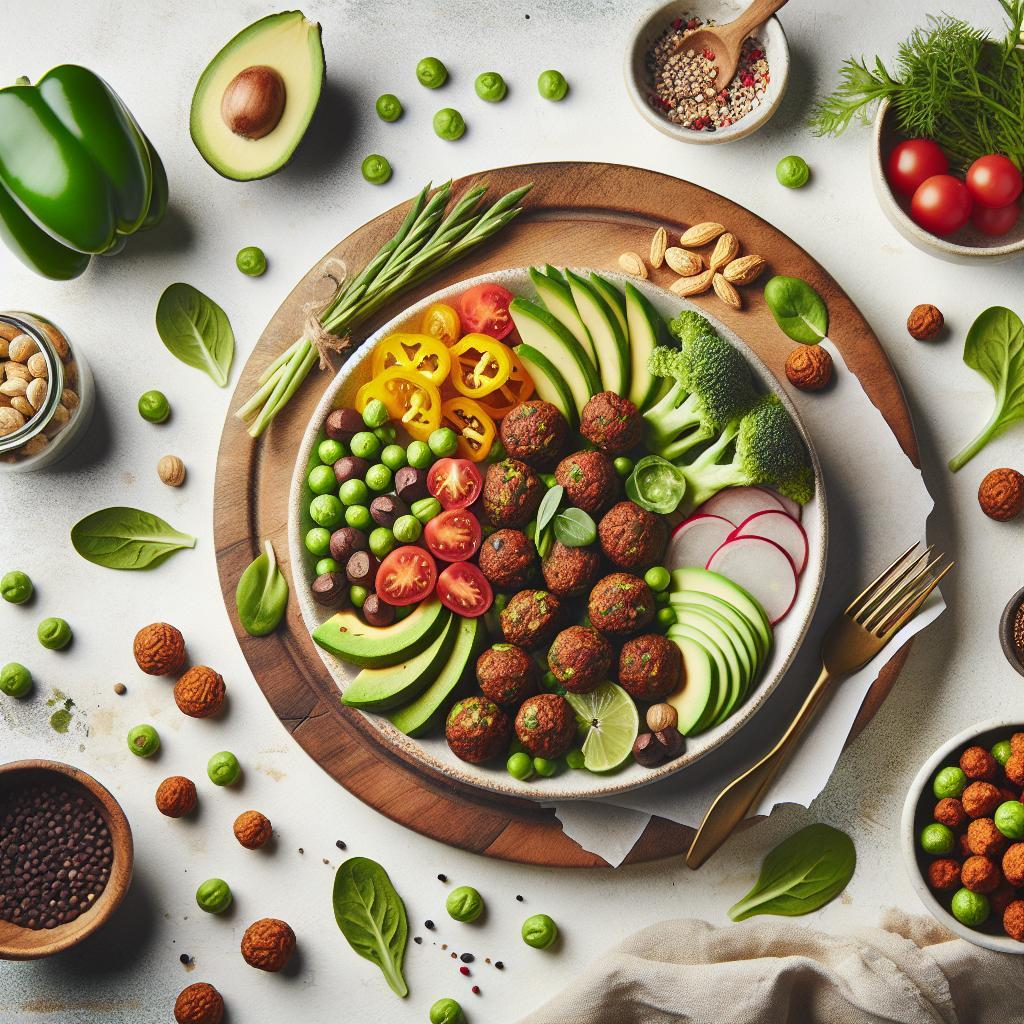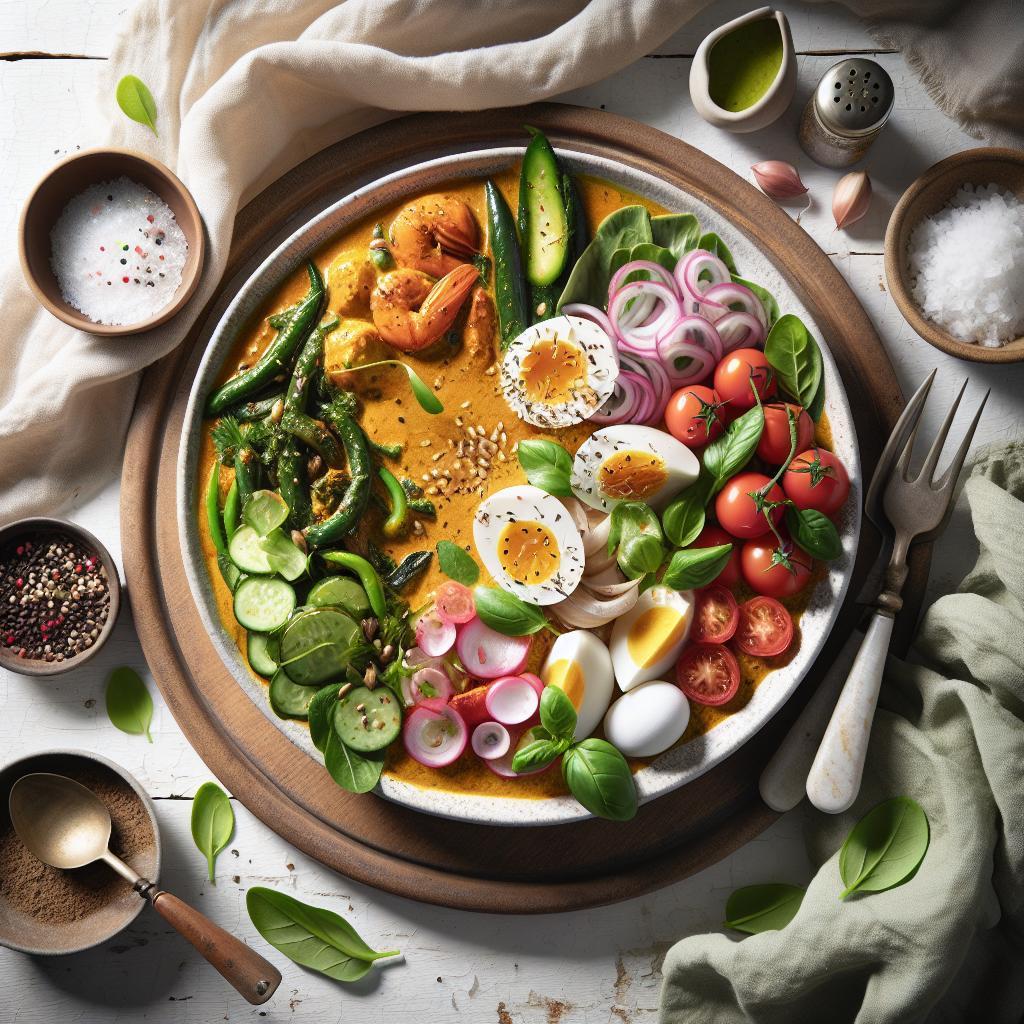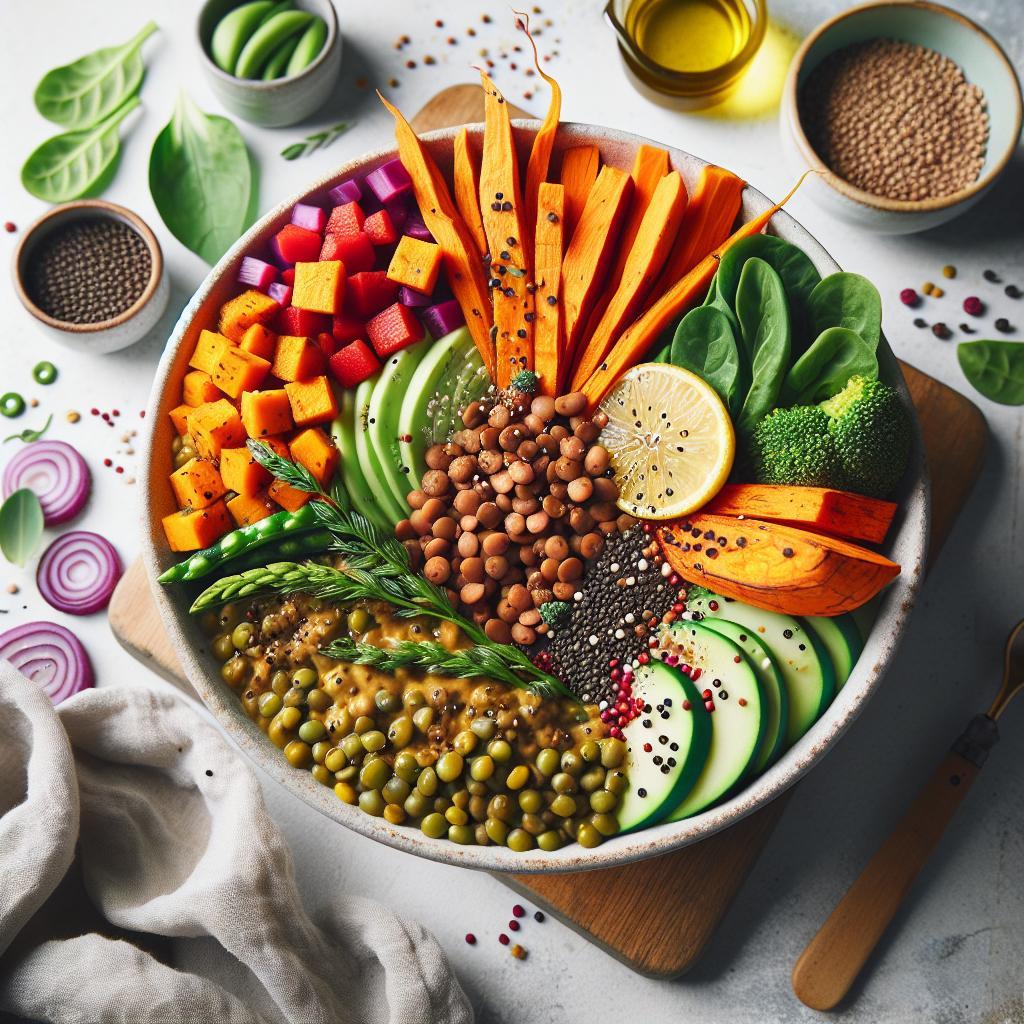There’s something irresistibly charming about the delicate snap of a perfectly baked tuile cookie-thin, lacy, and golden, with a subtle sweetness that dances on your palate. Traditionally crafted with butter and eggs, tuiles have long been a beloved classic in the world of French patisserie. But what if you could capture that same elegant crispness, those intricate curves, and that irresistible melt-in-your-mouth texture-all while honoring a vegan lifestyle? Welcome to the art of mastering classic vegan tuile cookies, where plant-based ingredients transform this timeless treat into a guilt-free delight. In this article, we’ll explore the secrets to achieving flawless tuiles that are as beautiful as they are delicious, proving that vegan baking can be both a creative adventure and a culinary triumph.
Crisp Delight comes alive in these beautifully thin vegan tuile cookies – a delicate, crispy wafer that balances elegance with simplicity. Originating from French patisserie, tuile cookies were traditionally crafted into curved shapes resembling roof tiles, evoking visual delight alongside their tender crunch. Inspired by this classic, our vegan take reimagines the tuiles using wholesome, plant-based ingredients, inviting you to explore a world of natural flavors and achieve that sought-after lacy thinness with ease.
Prep and Cook Time
- Preparation: 15 minutes
- Cooking: 10 minutes per batch
- Total Time: 25 minutes
Yield
Approximately 24 perfectly thin vegan tuile cookies, depending on size
Difficulty Level
Medium – requires precision with batter spreading and timing to perfect the crisp texture
Ingredients
- 1/2 cup all-purpose flour, sifted
- 1/2 cup organic powdered sugar
- 3 tbsp chickpea flour (for added structure and nutrients)
- 1/4 tsp fine sea salt
- 1/3 cup aquafaba (chickpea water), whipped until foamy
- 1/3 cup refined coconut oil, melted and cooled
- 1 tsp pure vanilla extract
- Zest of 1 lemon or orange (optional for citrusy brightness)
Instructions
- Preheat your oven to 350°F (175°C). Line two baking sheets with parchment paper or silicone mats for effortless tuile removal.
- In a medium bowl, whisk together the sifted all-purpose flour, chickpea flour, powdered sugar, and sea salt until fully combined.
- In a separate bowl, gently fold the foamy aquafaba into the flour mixture, incorporating the melted coconut oil and vanilla extract. Add citrus zest here if using.
- Whisk briskly
- Using a teaspoon or small cookie scoop, drop tiny puddles of batter about 3 inches apart onto the lined baking sheets. Immediately spread each with the back of a wet spoon or an offset spatula into thin, even circles (around 2-3 inches diameter).
- Bake for 6-8 minutes until edges turn golden brown and the center is lightly toasted. Watch closely – overbaking will make them brittle, while underbaking results in chewiness.
- Remove from oven. For classic curved tuiles, gently lift each cookie with a spatula while still warm and drape over a rolling pin or bottle neck to shape. Let cool completely to crisp.
- Repeat baking with remaining batter, rotating pans for even cooking.
Tips for Success: Mastering Thin Vegan Tuile Cookies
- Spread thinly and quickly: The batter sets fast on the hot tray. Ensure uniform circles for even baking and crispness.
- Use refined coconut oil: It remains neutral in flavor and contributes to a brittle snap without imparting coconut aroma.
- Whip aquafaba: Light foam creates airiness, critical for the light texture typical of tuiles.
- Flavor variations: Swap citrus zest with ground cinnamon, matcha, or finely chopped toasted nuts for fresh twists.
- Make-ahead: Store completely cooled tuiles in an airtight container separated by parchment sheets to prevent sticking.
- Troubleshooting: If cookies spread too much, chill batter briefly; if too thick or chewy, try working in smaller batches or reducing chickpea flour.
Creative Serving Ideas for Vegan Tuiles
Serve these crisp delights alongside vibrant plant-based desserts to add textural contrast. They beautifully garnish:
- Dairy-free vanilla ice cream or coconut sorbet
- Fresh berry compotes with a sprinkle of edible flowers
- Vegan mousse cups or layered parfaits
For an elegant touch, dip ends in melted vegan dark chocolate and sprinkle with crushed pistachios or shredded coconut. Stack them as a delicate centerpiece on dessert platters or crumble over chia pudding bowls for added crunch.
Nutritional Information (Per Cookie)
| Calories | Protein | Carbohydrates | Fat |
|---|---|---|---|
| 45 kcal | 1 g | 6 g | 2.5 g |

To deepen your pastry skills and explore related delicate treats, check out our Vegan French Pastries guide. For an in-depth look at the science of texture in baking, the ScienceDaily article on crispness in baked goods offers fascinating insights.
Q&A
Q&A: Crisp Delight – Mastering Classic Vegan Tuile Cookies
Q1: What exactly is a tuile cookie?
A1: A tuile is a thin, crisp cookie originating from France, named after the word for “tile” because of its delicate, curved shape that often resembles a roof tile. Traditionally, tuiles are light, buttery, and have a subtle sweetness-a perfect crispy companion to desserts or coffee.
Q2: How do vegan tuiles differ from classic versions?
A2: Classic tuiles typically call for butter and egg whites to create their signature texture and structure. Vegan tuiles ditch the animal products but still achieve that iconic crispness through plant-based substitutes like vegan butter or coconut oil and aquafaba (the liquid from cooked chickpeas) in place of eggs.
Q3: What are the key challenges in mastering vegan tuile cookies?
A3: The main challenge lies in balancing moisture and fat to get the perfect snap. Vegan fats can behave differently when heated, and aquafaba, though a great binder, requires a light touch. Overmixing or incorrect baking time might lead to chewy or brittle results instead of that classic crisp delight.
Q4: Can tuile batter be flavored creatively?
A4: Absolutely! Vegan tuile batter is a blank canvas. You can infuse it with ground almonds, cocoa powder, citrus zest, or vanilla bean. Spices like cardamom or cinnamon add a warm twist. The thin shape really lets these subtle flavors shine through with every crisp bite.
Q5: What techniques ensure the perfect curved tuile shape?
A5: To get that elegant curve, shape the tuiles immediately after baking while they’re pliable. Use a rolling pin, wine bottle neck, or even a curved edge of a baking sheet to drape the warm cookie over-just work quickly before they harden!
Q6: How should vegan tuiles be stored to maintain their crispness?
A6: Keep tuiles in an airtight container at room temperature, separated by parchment paper to prevent sticking. Avoid refrigeration, as moisture can soften them. Stored properly, they stay crispy for up to a week, making them perfect make-ahead treats.
Q7: Who will love vegan tuile cookies?
A7: Anyone craving a sophisticated, crunchy treat will fall for vegan tuiles-vegans, plant-curious friends, or traditional cookie lovers seeking a lighter, dairy-free option. They’re ideal elegant accompaniments for tea, ice cream, or just to nibble on their own.
Q8: Any pro tips for first-timers?
A8: Start by spreading thin, even batter blobs and watch your baking time carefully-the difference between slightly underbaked chewy and light golden crisp is just minutes. Experiment with small batches, and don’t be afraid to get creative with shapes and flavors. Mastery comes with practice and playful patience!
Closing Remarks
As you close the oven door on your batch of classic vegan tuile cookies, you’re not just finishing a recipe-you’re embracing an art form that marries simplicity with elegance. These crisp delights, light as a whisper and golden as a summer afternoon, showcase how plant-based ingredients can transform humble pantry staples into extraordinary treats. Mastering the tuile is more than perfecting a cookie; it’s about finding joy in the delicate balance of technique and creativity. So next time you crave a sweet crunch, remember: with a little patience and the right recipe, your kitchen can become the birthplace of vegan classics that impress both heart and palate. Happy baking!